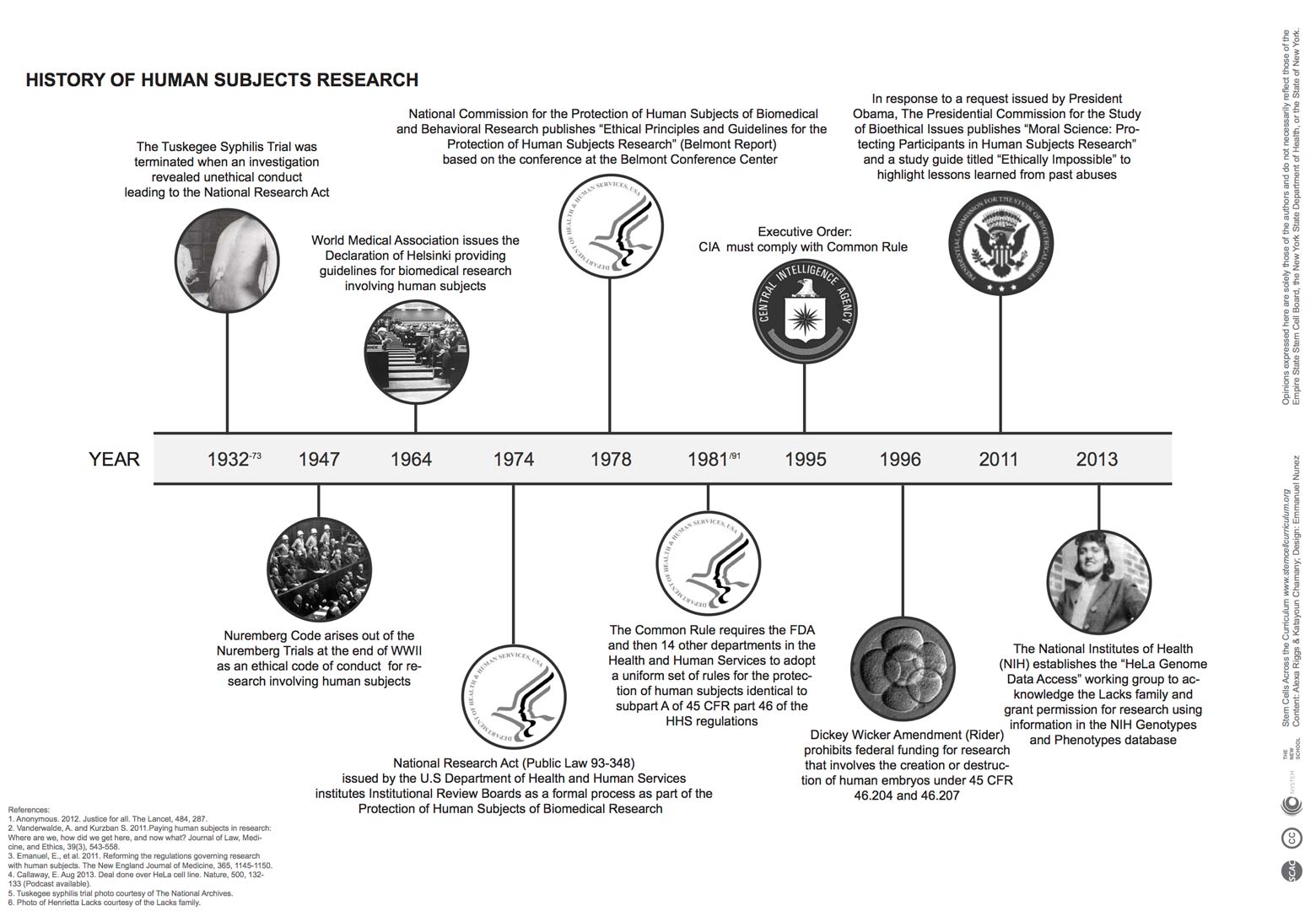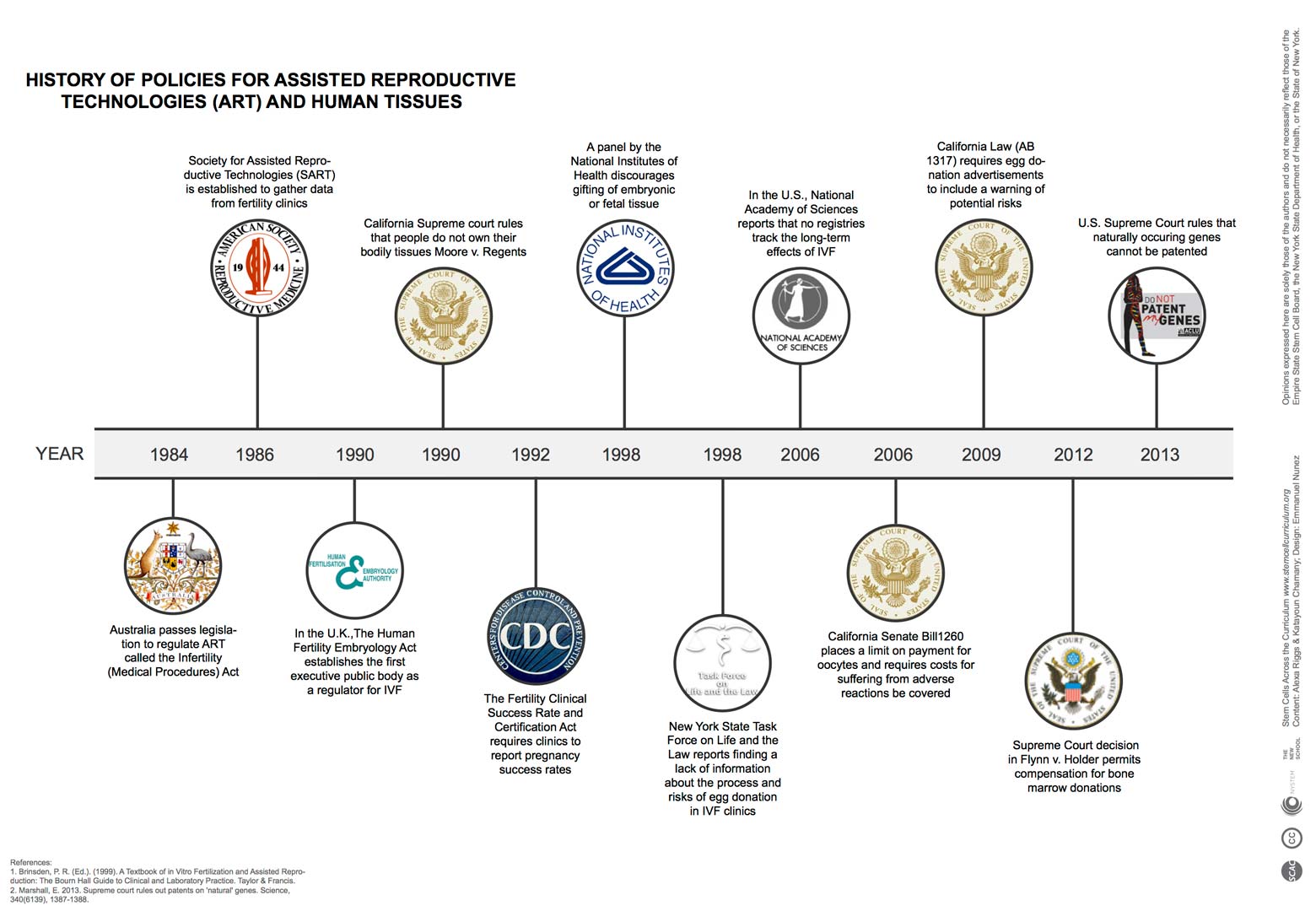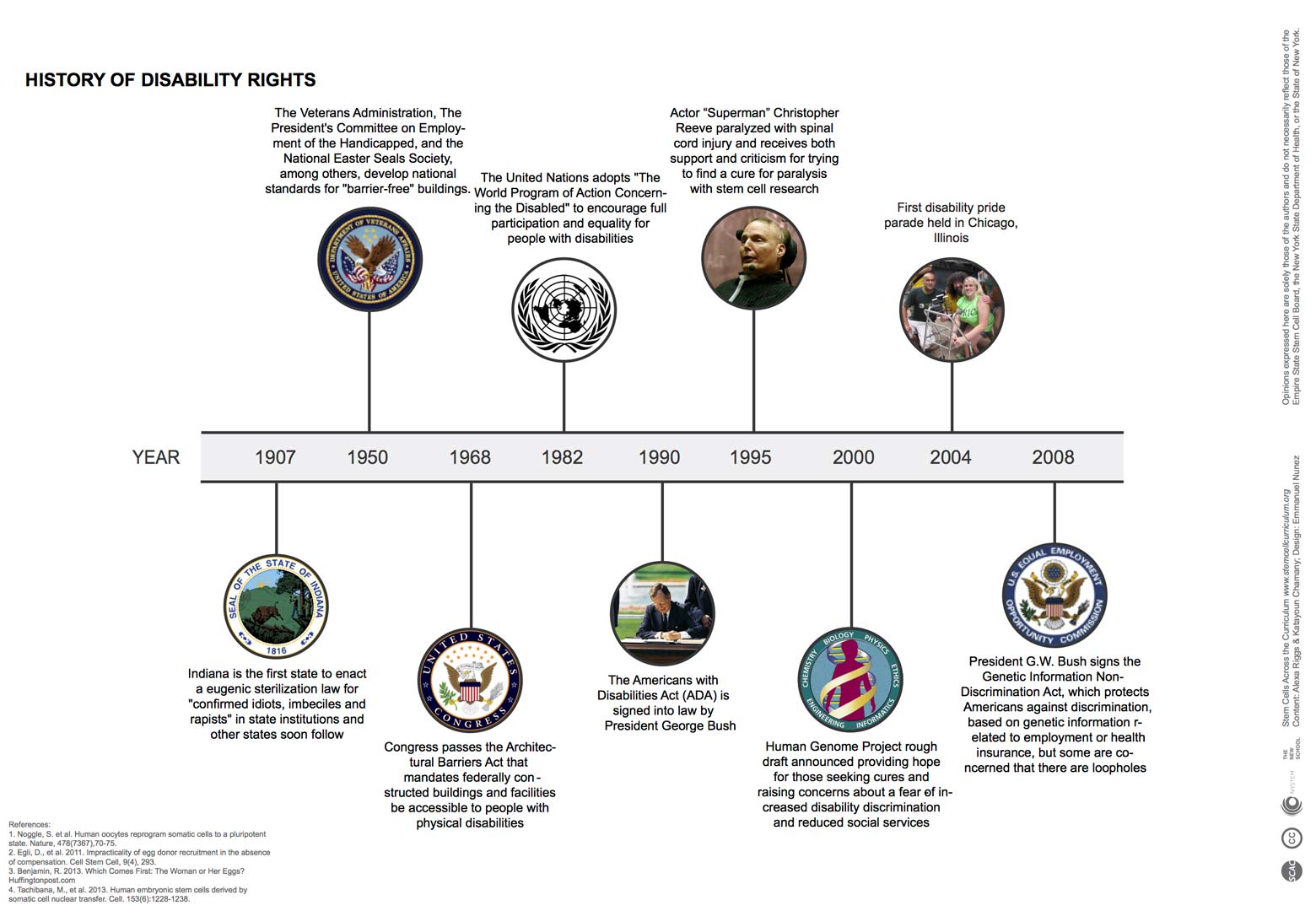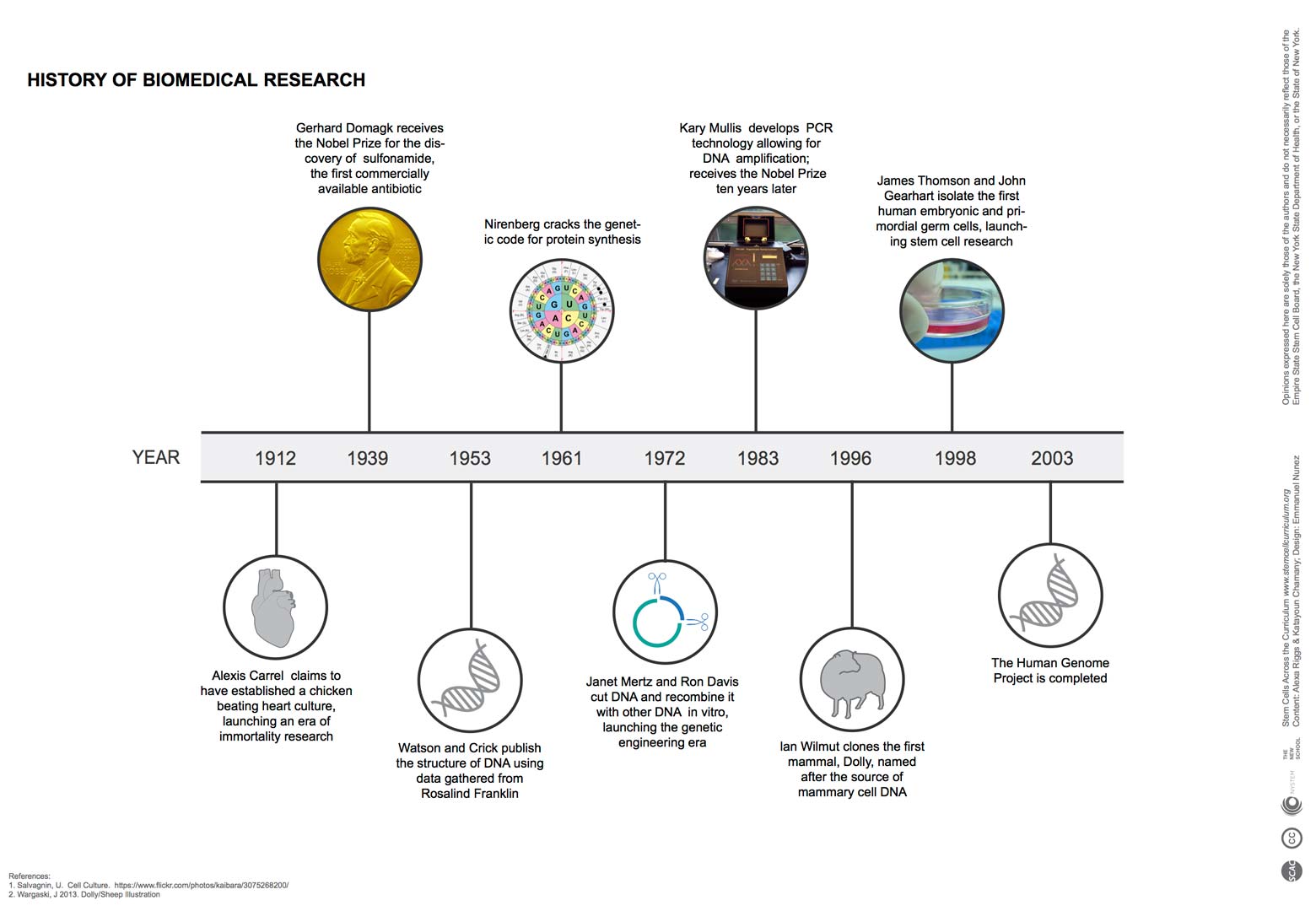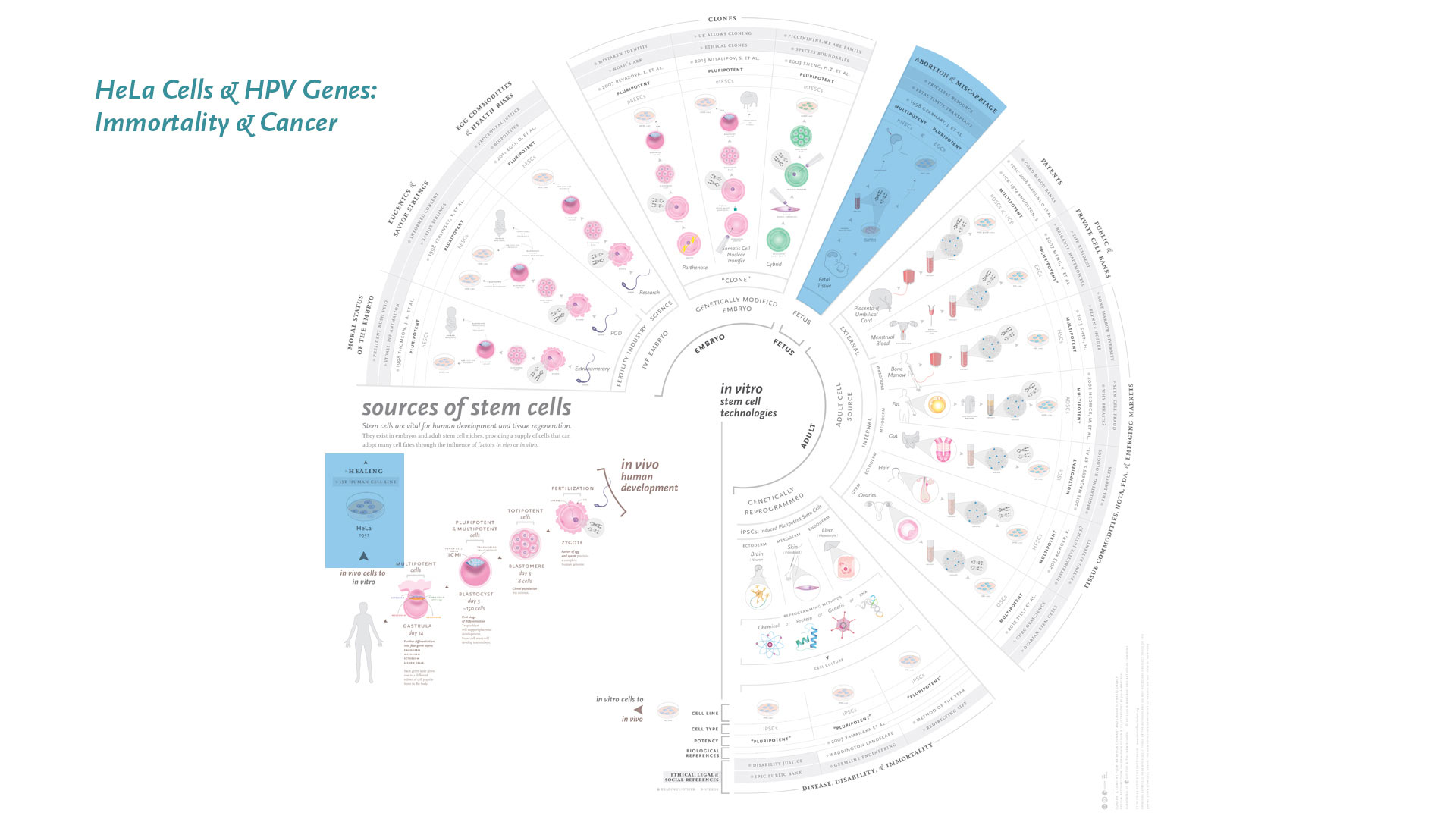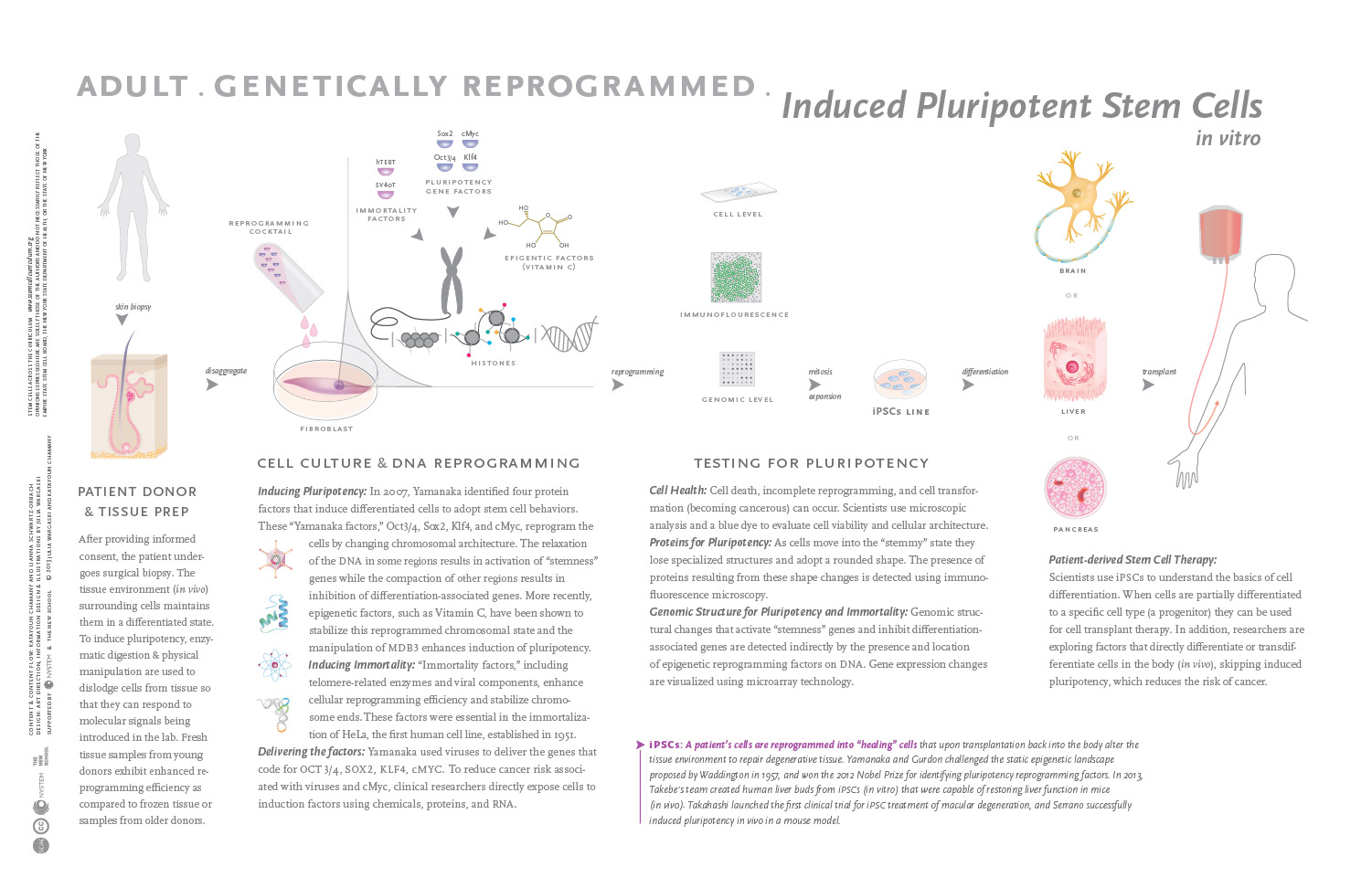HeLa Cells & HPV Genes: Immortality & Cancer
Synopsis
In 1951, a cervical biopsy was removed from Henrietta Lacks, an African-American woman being treated in the “colored” ward of Johns Hopkins Hospital in Baltimore. Researchers were able to grow the cancerous cells from this biopsy outside the human body in a Petri dish. This accomplishment launched an era of tissue culture research that transformed biomedical research. Cell culture techniques gave rise to the development of reproductive technologies and the field of stem cell research. The robust nature of HeLa cells also led to more refined methods of detecting cell culture contamination using genomic identification techniques. This module reviews the history of the establishment of the HeLa cell line and highlights the interplay of biology, race, class, and gender in its creation. Applying the 7E- Learning Cycle (elicit, engage, explore, explain, elaborate, evaluate, extend), Learning Activity 1 elicits prior knowledge and introduces counter narratives associated with the provenance of the HeLa cell line using a variety of multimedia, short readings and discussion. Learning Activity 2, involves the creation of visual timelines to depict alternative histories regarding research with human subjects and the collection of biospecimens. Learning Activity 3 involves a role-play activity to analyze funding models, regulations, and guidelines for the establishment of biobanks for future cell and genomics research. The Learning Activities draw on basic principles and concepts of cell biology such as cell division, cancer, and the important role that viruses, such as HPV, and proteins, such as telomerase, play in “immortalizing” cell lines as biological tools of study. Beyond the biology, the module traces the evolution of laws and guidelines to recast compensation, privacy, control, and ownership related to human tissues, cells, and DNA within the context of unique biologics (John Moore, PZE activists), bone marrow stem cell donation (Flynn v. Holder), egg procurement (New York and California policies), and genome biobanking (Havusapai v. Arizona State University). The module tackles these questions: What controls cell division in the body and in a Petri dish? What is the relationship, if any, between cancer cells and stem cells? Can we challenge the normative assumptions surrounding biomedical research to support more just and informed participation in shaping healthcare practices and policies? How can marginalized communities ensure access to both the process and outcomes of life science research to address their specific values, needs, and concerns? Please see our Permissions Page if you intend to use this curriculum. If you would like to adapt, or customize, the curriculum for your use, please contact chamanyk@newschool.edu for MS word formatted files.
The Learning Activities, Teaching Notes, and Essential Resources were updated in July 2017.Learning Activities
| Title | Assignments | Teaching Notes | Pedagogy | Duration | Course Type |
| Activity 1 Alternative Narratives |
Download | Download | Progressive Disclosure Discussion | 1-2 sessions | Intro |
| Activity 2 Constructing Visual Timelines |
Download | Download | Infographic Thinking | 1-4 sessions | Intro to Intermediate |
| Activity 3 Hela Cells & HPV Genes: Immortality & Cancer Case Study |
Download | Download | Case Study Role-play | 1-4 sessions | Intro to Advanced |
Essential Resources
The readings and resources span the benefits and risks associated with altruistic human tissue donation, mass banking of clinical samples, the laws and practices currently in place for human subjects research, and the issues surrounding the private and public sector management of payment for, and regulation of, these resources, as well as access to the potential products and knowledge produced from these sources. A more expansive set of resources is available from the REFWORKS Bibliographic SCAC database and is searchable by keyword. The collection of resources encourages learners to view stem cell research through different lenses that support critical thinking and analysis and include artwork, media, and text. In addition, short Video Guides provide learners with a brief set of references spanning film, theater, and media that focus on topics such as the personal story of Henrietta Lacks told through theater, and contemporary issues surrounding Informed Consent and research with Human Subjects.
Timelines
Additional Timelines can be accessed from the Media and Infographic section of the Stem Cells Across the Curriculum site.
Infographics
Because there are many ways to learn and increasing amounts of content to master, infographics can assist learners in understanding this field of research across time and space. The graphics allow large amounts of content and data to emerge from the page in ways that help learners organize and retrieve information as needed. A Sources of Stem Cells Radial Infographic allows students to view the way in which the establishment of the cancerous cell line, HeLa, laid the foundation for IVF, stem cell research, and stem cell therapies to treat cancer. Additionally, the research on the immortality status of HeLa informed the genetic manipulations necessary to induce adult cells to adopt a more embryonic like state resulting in a new biomedical tool and resource. Induced pluripotent stem cells (iPSCs) are influenced to adopt a specific cell fate, can be used for transplant therapy tissue, and reduce tissue graft rejection because the cells originated from the patient.
Slide Sets
Supplemental Material
| Module Discussion Questions | Download |
Primer
The primer provides comprehensive background regarding the biological and social dimensions of research using human subjects and biospecimens. The table of contents allows users to navigate to those sections of interest and import. For those unfamiliar with critical race studies, section V will serve as a backgrounder, while other sections focus on the biology of HPV and its relationship to immortality or the history of biomedical research and the use of human research subjects. A multimedia list is provided for additional learning, and the entire pdf is hyperlinked to resources and references.
The primer can be accessed in two ways. The Atavist web-based HeLa Cells & HPV: Immortality & Cancer Primer supports an interactive experience with embedded media, images, podcast, and links to related resources in the Stem Cells Across the Curriculum site. The primer was updated in July 29, 2018 and contains a Table of Contents (TOC) accessible from the Atavist version in the left top corner. A faint arrow at the bottom right corner allows the user to navigate through the primer.
A pdf version with hyperlinked text is also available from the download link below as zip file with a a companion slide set in the form of an animated ppt as well as references to the infographics associated with this module. These are seen as highlights in the text

